Applied Arts – A Marriage Between Creativity and Utility
The world of art is a vast and diverse realm, encompassing various creative expressions and forms that captivate and inspire. Within this expansive landscape, the distinction between fine art and applied art plays a pivotal role in shaping the way we perceive and engage with artistic endeavors. In this exploration, we will delve into questions such as, “what is applied arts?”, look at applied art examples, and navigate the intriguing juxtaposition of fine art vs. applied art!
What Is Applied Arts?
Applied arts, at its core, represents a marriage between artistic creativity and practical utility. It includes a broad spectrum of creative disciplines, from graphic design and fashion to architecture, interior design, and industrial design. Applied artists often work at the intersection of form and function, harmonizing beauty with utility to enrich our surroundings and experiences.
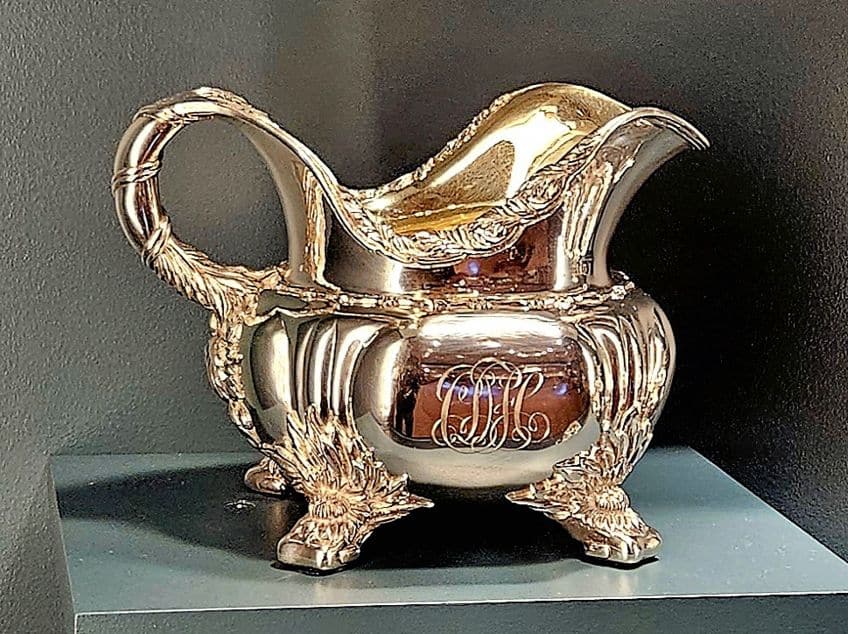
This special combination of form and function is where the magic of applied arts truly comes to life. It’s the fusion of aesthetics with the tangible, the creation of objects and spaces that not only please the eye but also enhance our daily lives. Applied artists, in their pursuit of the ideal balance between beauty and usefulness, add an artistic dimension to the mundane, elevating the ordinary into the extraordinary.
In this way, applied arts have the power to transform our perception of the world around us, turning the ordinary into the extraordinary.
Fine Art vs. Applied Art: Navigating the Divide
In the world of art, there is a captivating duality that has intrigued artists, critics, and enthusiasts for centuries—the distinction between fine art and applied art. Both are expressions of human creativity, but they traverse separate paths, each with its own unique purpose and impact on our lives.
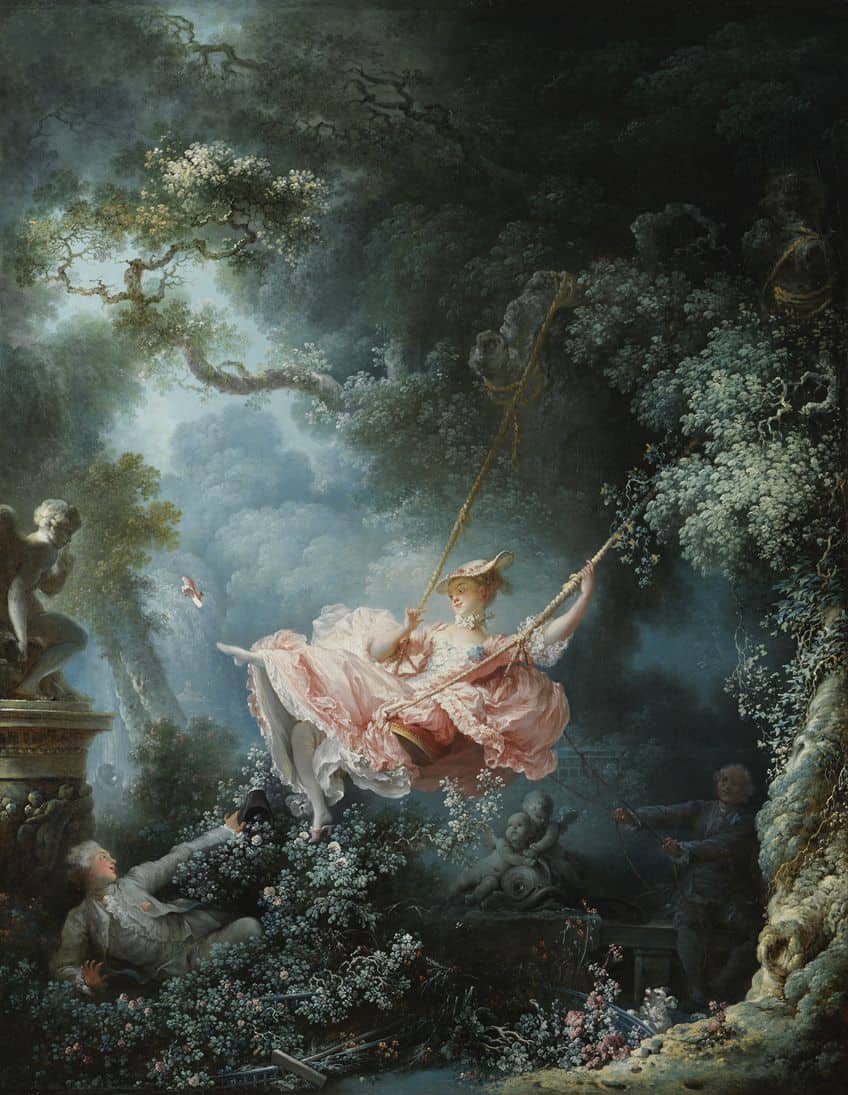
Fine Art: The Quest for Aesthetic Expression
Fine art is often regarded as the epitome of artistic expression. It seeks to stimulate feelings, spark introspection, and transcend the limits of the mundane. Paintings, sculptures, and abstract creations are the embodiment of fine art, where the primary objective is to evoke intellectual and emotional responses in the viewer. Fine artists are known for their freedom to explore the depths of their imagination, often pushing the boundaries of conventional norms and challenging our perceptions. The value of fine art lies in its ability to provoke thought and foster a sense of wonder.
It does not need to serve a utilitarian function; its existence is justified by the sheer beauty and emotional resonance it conveys.
Applied Art: Where Function Meets Form
Applied art, on the other hand, finds its purpose in functionality. It weds artistic creativity with practical utility, resulting in objects and designs that enhance our daily lives. Applied artists labor at the crossroads of aesthetics and purpose, striving to strike the perfect balance between beauty and usefulness. The significance of applied art lies in its capability to convert everyday things into unique ones. A well-designed chair not only offers comfort but also exudes a pleasing aesthetic. A thoughtfully designed magazine layout not only conveys information but does so in a visually engaging way. Applied art is the artistic dimension of the utilitarian, and it plays a key part in shaping the way we engage with our surroundings.

Navigating the Divide
While the distinctions between fine art and applied art are clear, the boundaries can sometimes blur. Contemporary artists often challenge these boundaries by creating works that incorporate elements of both. For example, an architect may design a building that is not only structurally sound but also an aesthetic masterpiece. A fashion designer may turn clothing into a canvas for artistic expression.
These instances highlight the exciting synergy that can occur when fine art and applied art intersect.
A Historical Perspective on Applied Arts
The roots of applied arts trace back to ancient civilizations, where artisans and craftsmen crafted objects that not only served a functional purpose but also bore the mark of their artistic sensibilities. Whether it was the exquisite pottery of ancient Greece, adorned with intricate designs and patterns, or the intricate mosaics of the Byzantine Empire, applied arts have been an integral part of human history for millennia.
In ancient Egypt, skilled artisans created breathtaking jewelry, intricate textiles, and monumental architecture that was not only functional but also rich with symbolism and aesthetic appeal. These early civilizations understood the power of art to elevate the ordinary and communicate ideas and values beyond their practical purposes.
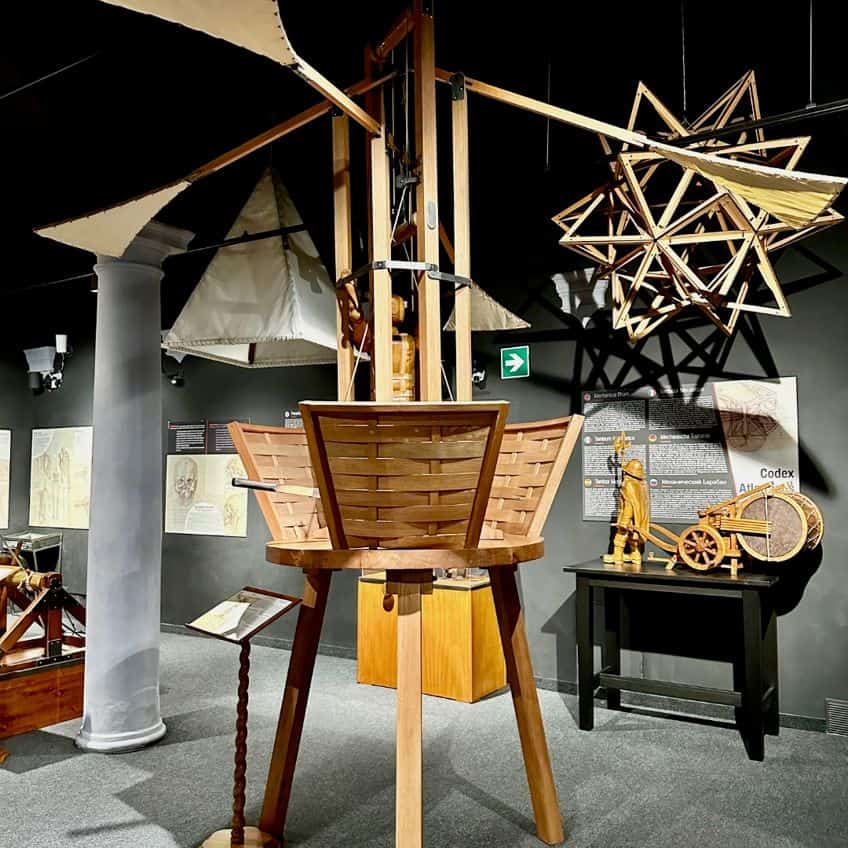
The Renaissance era witnessed a resurgence of interest in applied arts, with artists like Leonardo da Vinci (1452-1519) and Michelangelo (1475-1564) applying their creative talents to a wide range of projects, from engineering designs to sculpture and painting. The concept of a “Renaissance man” emerged during this period, emphasizing the fusion of artistic and scientific knowledge.
However, perhaps one of the most transformative periods in the history of applied arts was the Industrial Revolution of the 18th and 19th centuries. This era marked a significant turning point, as it spurred innovations in manufacturing techniques and materials, giving rise to new avenues for artistic expression in everyday objects.
Mass production and the availability of new materials expanded the possibilities for applied arts, enabling artists and designers to craft items on a scale previously unimaginable.
The fusion of creativity and industry during the Industrial Revolution led to iconic designs in furniture, textiles, and household goods that remain revered today. Artists and designers such as Charles Rennie Mackintosh (1868-1928) and Louis Comfort Tiffany (1848-1933) created groundbreaking works that not only blended artistic ingenuity but also celebrated the marriage of form and function in everyday objects.
Applied Art Examples: Where Creativity Meets Functionality
In this exploration of the diverse realms of applied arts, we’ll delve into five notable areas, accompanied by examples that exemplify their ability to harmonize beauty and functionality. Each of these domains demonstrates the profound impact that applied arts have on our daily lives. They shape our environments, convey messages, clothe us in style, enhance the functionality of everyday objects, and define the skylines of our cities.
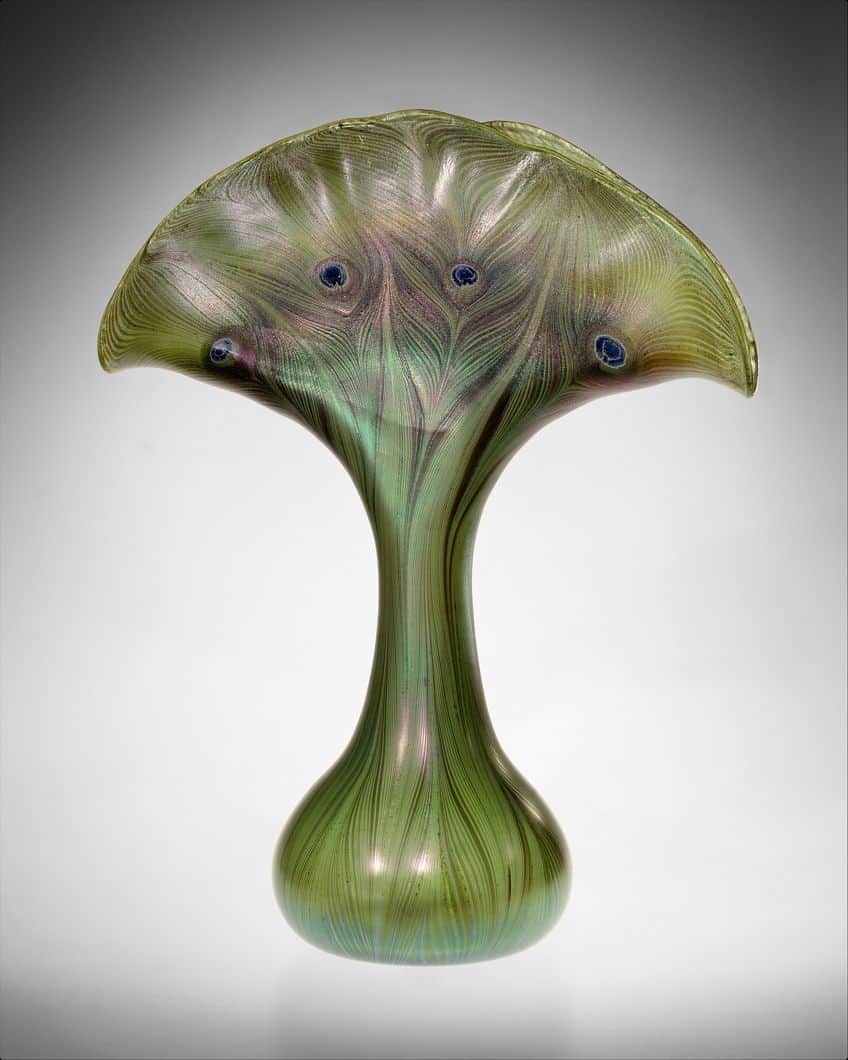
The diversity and creative potential within the applied arts serve as a testament to human ingenuity, where the marriage of beauty and utility continues to enrich our existence in profound ways. Whether it’s through a timeless logo, a well-crafted dress, a thoughtfully designed interior, an innovative product, or a groundbreaking architectural masterpiece, applied arts continue to leave an indelible mark on the world around us.
Graphic Design: Crafting Visual Narratives
Graphic design is a realm where creativity finds its voice in the visual language. It’s about more than just making things look pleasing; it’s about conveying ideas effectively. A stellar example of this is the iconic I Love New York logo, designed by Milton Glaser in 1976. This simple yet powerful design has become synonymous with the city and transcended its initial purpose as a tourism promotion logo, embodying the essence of a metropolis.
The I Love New York logo is a masterclass in graphic design, a visual narrative that speaks volumes with just a few strokes.
At first glance, it appears deceptively simple—a bold, uppercase “I” followed by a red heart symbol and the letters “NY” in a clean sans-serif typeface. The color scheme, consisting of black letters against a red heart and bold white background, is striking in its clarity.
What makes this logo a standout example of graphic design is its ability to encapsulate the very spirit of New York City. The heart, symbolizing love, represents the deep affection people hold for the city. The clean and straightforward typography exudes the city’s no-nonsense attitude, while the red heart is emblematic of its vibrant energy.

Beyond its aesthetic appeal, this logo achieves a remarkable feat—it communicates a message instantly and universally. It encapsulates the heart of a bustling metropolis in just a few characters and shapes. The I Love New York logo has transcended its initial purpose, evolving into a symbol of identity, pride, and resilience for both residents and visitors alike. It demonstrates the profound impact of applied arts in forging connections, expressing emotions, and telling stories through the power of design.
Fashion Design: Wearable Art
Fashion design is the art of turning fabric and form into a canvas for self-expression. A prime example of this genre is the elegant and innovative work of Coco Chanel (1883-1971). Her little black dress, introduced in the 1920s, is an enduring symbol of timeless style and simplicity. It merged fashion and function, offering women an adaptable and classic wardrobe.
Coco Chanel, a trailblazing fashion designer, revolutionized the world of clothing with her creation of the little black dress. In an era when elaborate and ornate garments were the norm, her design was a breath of fresh air.
The dress was characterized by its sleek, minimalist silhouette, often featuring a high neckline, a knee-length hem, and simple, straight lines.
Chanel’s little black dress was a departure from the constricting corsets and extravagant frills that were common in women’s fashion during the early 20th century. Its design was a reflection of Chanel’s commitment to comfort and freedom for women, breaking free from traditional gender roles and expectations. She felt that women should have the liberty to move, and her design allowed for just that.
But what makes the little black dress a masterpiece of fashion design is its timeless and versatile nature. It can be dressed up or down, making it appropriate for a broad spectrum of events. It became a marker of understated classiness and refinement. The dress was both a fashion statement and a practical garment, giving women a staple piece they could wear for various events, from casual outings to formal soirées.

Interior Design: Shaping Spaces
Interior designers are the architects of ambiance, turning blank spaces into aesthetically pleasing, functional havens. Consider the work of Kelly Wearstler (1967-Present), who has redefined luxury interior design. Her design of the Santa Monica Proper Hotel in Santa Monica marries earthy, lively aesthetics with comfort and functionality, creating an environment that both soothes and stimulates the senses.
Kelly Wearstler’s approach to interior design is an exceptional example of how this field can transform spaces into immersive experiences.
Her design of the Santa Monica Proper is a feast for the eyes, characterized by a rich tapestry of colors, textures, and patterns. Yet, her work is not just about aesthetics; it’s also about creating spaces that cater to the essentials and tastes of the residents. In the Santa Monica Proper, every design element serves a purpose, from the carefully chosen furniture that provides comfort and style to the layout that fosters social interaction and relaxation. The result is an environment that simultaneously soothes and stimulates the senses, making the Viceroy a place where guests can truly escape from the ordinary.
Industrial Design: Elevating Everyday Objects
Industrial designers are the unsung heroes behind the objects we use daily. The iPhone, designed by Jonathan Ive (1967-Present), exemplifies how industrial design can transform our relationship with technology. Its sleek, minimalist form and intuitive interface merge functionality and aesthetics, elevating it to a status beyond mere gadgetry.
The iPhone represents a monumental shift in how we interact with technology. Jonathan Ive’s design philosophy revolves around simplicity and user-centered innovation. The phone’s smooth, unibody construction and elegant curves are not merely aesthetic choices but ergonomic ones, making it comfortable to hold and use. The intuitive interface, with its touch screen and user-friendly features, transformed the smartphone into an accessible and indispensable tool for communication, entertainment, and productivity.
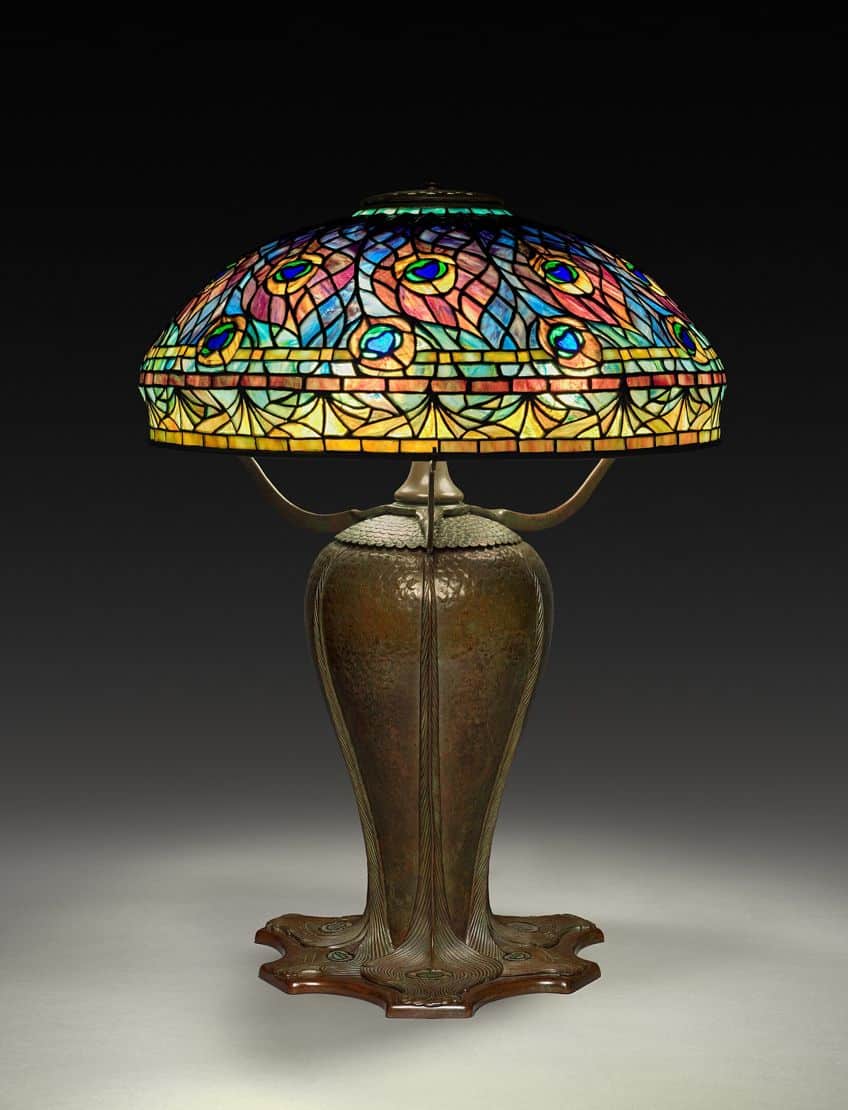
What makes this industrial design piece exemplary is its capacity to transcend the realm of technology and become a cultural icon. The iPhone is not just a device; it’s a symbol of innovation, aspiration, and connectivity. Its design has influenced countless other products, setting a standard for the fusion of form and function in the tech world. It’s a testament to how industrial designers, through their meticulous work, can elevate everyday objects into instruments of art and utility that profoundly impact our lives.
Architecture: Shaping Our World
Architects are the visionaries behind the buildings and spaces that define our landscapes. The Sydney Opera House (1961), designed by Jørn Utzon (1918-2008), is a masterpiece that melds architectural vision with structural innovation. Its distinctive shell-like structures not only provide a breathtaking aesthetic but also house world-class performance spaces.
The Sydney Opera House is an enduring testament to the power of architectural design.
Utzon’s iconic creation is characterized by its swooping, sail-like roof lines that echo the shape of billowing sails on the harbor. These shell-like structures, constructed using a groundbreaking method of precast concrete, not only serve as a striking visual symbol of Sydney but also house some of the world’s most renowned performance venues. The Opera House’s design is an embodiment of architectural and engineering ingenuity. It pushed the boundaries of what was thought possible at the time and remains an architectural marvel, admired globally.

It is not just a building; it’s a cultural icon that symbolizes Sydney and Australia’s creative spirit. Architectural creations like the Sydney Opera House are more than bricks and mortar; they are living entities that shape our communities, offering spaces for culture, creativity, and human interaction. They are places where people gather to celebrate, to learn, and to be inspired. In this sense, architecture goes beyond aesthetics and structure; it molds our collective experience and enriches our culture.
In our ever-evolving society, applied arts continue to adapt and meet the demands of contemporary living. They bridge the gap between the practical and the beautiful, catering to our needs while also elevating our everyday experiences. Whether through the subtle elegance of a well-designed product, the transformation of a living space into a haven of comfort and style, or the awe-inspiring architectural wonders that redefine our urban landscapes, applied arts play an indispensable role in shaping our world and enhancing our quality of life.
Frequently Asked Questions
What Is Applied Arts?
Applied arts is a creative discipline that focuses on merging artistic creativity with practical utility. Unlike fine art, which is primarily intended for aesthetic appreciation and intellectual stimulation, applied art serves a functional purpose. It encompasses various fields such as graphic design, fashion design, interior design, industrial design, and architecture, where artists and designers strive to harmonize beauty with functionality, enhancing our surroundings and everyday experiences. Applied arts play an essential role in shaping the visual and functional aspects of the world around us, enriching our lives with their blend of form and purpose.
What Are the Five Classifications of Applied Art?
The five primary classifications of applied art include graphic design, fashion design, interior design, industrial design, and architecture. Each of these distinct domains represents a unique blend of artistic creativity and practical utility, contributing to the enhancement of our daily lives and surroundings in various ways. Graphic designers communicate messages visually, while fashion designers merge style and function in clothing. Interior designers transform spaces for aesthetic and functional purposes, industrial designers focus on everyday product design, and architects shape our built environment, integrating artistic vision with structural integrity. These classifications collectively exemplify the diverse and dynamic realm of applied arts.
Nicolene Burger is a South African multi-media artist, working primarily in oil paint and performance art. She received her BA (Visual Arts) from Stellenbosch University in 2017. In 2018, Burger showed in Masan, South Korea as part of the Rhizome Artist Residency. She was selected to take part in the 2019 ICA Live Art Workshop, receiving training from art experts all around the world. In 2019 Burger opened her first solo exhibition of paintings titled, Painted Mantras, at GUS Gallery and facilitated a group collaboration project titled, Take Flight, selected to be part of Infecting the City Live Art Festival. At the moment, Nicolene is completing a practice-based master’s degree in Theatre and Performance at the University of Cape Town.
In 2020, Nicolene created a series of ZOOM performances with Lumkile Mzayiya called, Evoked?. These performances led her to create exclusive performances from her home in 2021 to accommodate the mid-pandemic audience. She also started focusing more on the sustainability of creative practices in the last 3 years and now offers creative coaching sessions to artists of all kinds. By sharing what she has learned from a 10-year practice, Burger hopes to relay more directly the sense of vulnerability with which she makes art and the core belief to her practice: Art is an immensely important and powerful bridge of communication that can offer understanding, healing and connection.
Nicolene writes our blog posts on art history with an emphasis on renowned artists and contemporary art. She also writes in the field of art industry. Her extensive artistic background and her studies in Fine and Studio Arts contribute to her expertise in the field.
Learn more about Nicolene Burger and the Art in Context Team.
Cite this Article
Nicolene, Burger, “Applied Arts – A Marriage Between Creativity and Utility.” Art in Context. November 14, 2023. URL: https://artincontext.org/applied-arts/
Burger, N. (2023, 14 November). Applied Arts – A Marriage Between Creativity and Utility. Art in Context. https://artincontext.org/applied-arts/
Burger, Nicolene. “Applied Arts – A Marriage Between Creativity and Utility.” Art in Context, November 14, 2023. https://artincontext.org/applied-arts/.




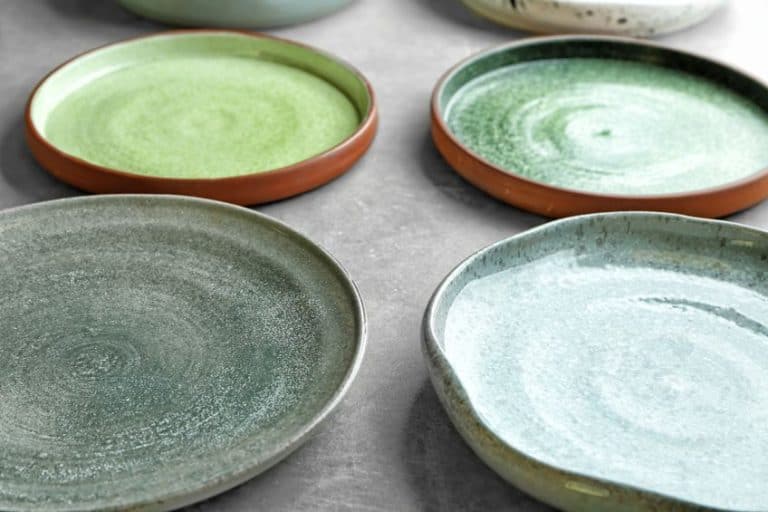

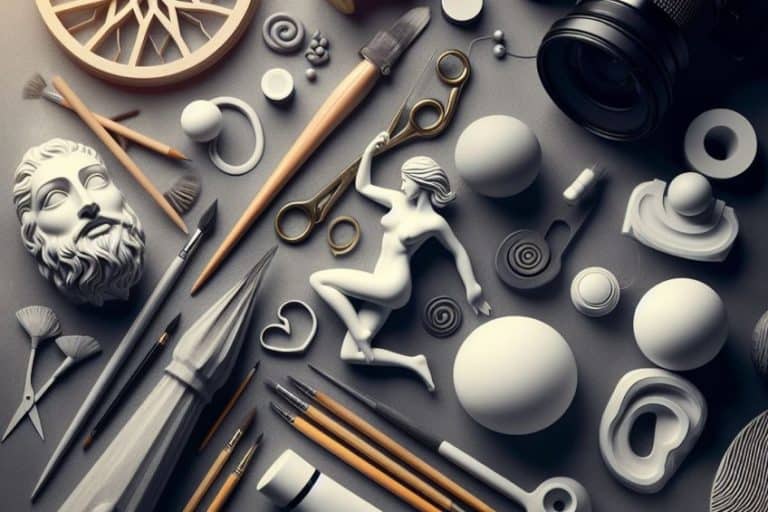



What is the fundamental characteristic that defines applied arts?
The fundamental characteristic of applied arts is that they combine aesthetic design with practical functionality. Unlike fine arts, which prioritize expression, applied arts focus on creating usable objects (e.g., furniture, ceramics, textiles) that are both beautiful and serve a purpose.